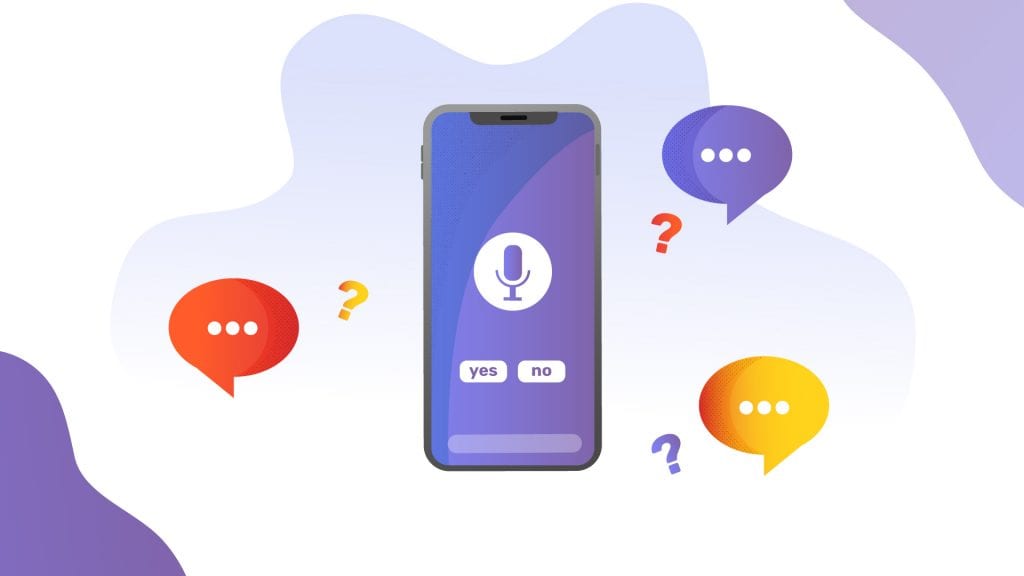Why Virtual Classroom Employee Training Needs to Be Transcribed and Accessible
Virtual classroom training is a flexible and affordable way to do employee training. Videos, demonstrations, lectures, and dialogue need transcription.

More companies across different industries are taking advantage of virtual classrooms to train their employees. Virtual classroom training is more flexible and can reduce the barriers of time and distance. Of course, virtual classrooms are still in development and is far from perfect.
Fortunately, this technology continues to evolve and improve with a variety of new options. Here at Rev, we think that lecture transcriptions are a great, easy way to boost the value and accessibility of virtual classrooms for employee training.
Transcriptions of online training materials can improve the overall learning experience for both the teachers and the trainees. They can also help resolve some of the common issues you may face with virtual classroom training.
Benefits of Training Employees With Virtual Classrooms
An increasing number of companies are taking advantage of virtual classroom training because of its many benefits. These benefits include:
- Cost-effectiveness: Virtual learning means less time and money spent on bringing employees together from other locations for training. Plus, some research shows that virtual classroom training can improve knowledge retention, which can increase productivity and reduce the need to repeat lessons.
- Time-saving: Besides reducing travel time, virtual learning makes it easier to work with the different schedules within a group.
- Flexibility: Virtual classrooms not only saves on travel time but allows people to attend employee training from more locations. On-demand training, especially, allows people to fit training into their own schedule, lifestyle, and even learning style.
- Improved communication: Virtual classroom training allows companies to bring together employees and contractors from multiple locations. This can help companies improve teamwork and cooperation. The different communication options allow different team members to share ideas and learn together, without even having to be in the same room.
- Private, relaxed setting: Whether the virtual training is conducted in groups or individual, in-demand sessions, relative privacy may improve knowledge retention. This privacy, coupled with different online communication methods, may also encourage less extroverted learners to better interact and collaborate with other team members.
Challenges of Virtual Classroom Training For Employees
Besides numerous benefits, a virtual classroom also comes with several challenges that may not be suitable for all companies or industries. Virtual classroom training remains a good option for sharing knowledge and information but may be less applicable to “soft skills” like conflict resolution and problem-solving.
The main concern with virtual classroom training is a lack of hands-on training. Performance-based tasks may be better suited for in-person training where an instructor can watch and correct an individual’s skills. Construction, manufacturing, operating heavy machinery, painting, and sculpture, and other tactile skills may be less suitable for virtual classroom training.
Relationship-based industries and skills also may not benefit as much from virtual classroom training. Sales, teaching, public speaking, and counseling rely heavily on non-verbal cues and other tactics that can only be practiced fully through in-person interactions.
Virtual classroom training may be better suited for teaching theories, hard data, or computer-based tasks. Accounting, employment law, typing, or computer programming are all suitable for virtual training. Virtual learning is also helpful if you need to share the same information to numerous people, such as safety procedures, company policies, or industry trends.
Distraction is another big challenge for virtual classroom training. Part of the appeal of learning in virtual classrooms is doing so from anywhere, whether that is home, a library, or a cafe. However, this also means that attendees are more likely to be distracted by personal calls, their adorable dog, or the contents of their fridge. When the virtual classroom content is designed to be fun, interactive, and engaging, this reduces the risk of distraction.
How Transcriptions Help Employers With Virtual Classroom Training
If you plan to provide virtual classrooms to train employees and contractors, transcriptions are a great way to address some of those potential setbacks you might be worried about. Plus, it adds plenty of other benefits for companies, teachers, and learners.
Transcriptions Are Evergreen
One of the top benefits of transcribing lectures and other virtual classroom training materials is that transcriptions are evergreen. That way, you don’t have to worry as much about spending resources on updating the curriculum.
At a time when information is always changing and educational materials need frequent updates, transcripts can be a huge time and money saver. Transcripts are much easier to edit and update than videos or audio recordings. Instead of having to reshoot an entire video or re-record a podcast or lecture, you can easily edit transcript text if any of your virtual training information becomes outdated or needs to be corrected.
Does your company prefer to broadcast live virtual classroom training? You can also provide transcripts of the lessons to those who may not be able to attend the stream. Did you experience technical difficulties during a live virtual classroom training? By supplying transcripts, you can make sure nobody missed any important information.
Transcriptions Provide Teaching Tools
Transcripts are also helpful for those who create and teach in a virtual classroom training setting. Plenty of college and university professors use transcripts for their lectures, so why shouldn’t your company?
Instructors and trainees can review transcripts afterward to understand which sections of the training may have been confusing or required more context or time. Plus, using transcripts can help an instructor understand all the attendees’ questions that might not have been addressed well enough during the training.
Transcriptions Improve Training Accessibility
Transcripts are a valuable training tool, giving better access to individuals with particular needs or different learning styles.
Many people learn more effectively the more closely they can interact with the material. Transcriptions help them do that, too. Virtual classroom learners can use a transcription of the training materials to help them take notes and study for quizzes.
If any training attendees, then they can benefit a lot from having transcripts:
- Prefer to learn by reading rather than listening or watching
- Struggle with maintaining focus and attention
- Are deaf or hard of hearing
- Speak English as a second language
- Want to print out notes and go over them elsewhere
- Become distracted during the training
- Simply need extra time with the concepts addressed in the training
If any of those might apply to your trainees, then having transcriptions available can help them understand all the necessary requirements of their position.
Easier to Repurpose
Just about every virtual training expert agrees that employee training materials need to be interesting, interactive, and engaging to be effective. Multimodal training is recommended by many since combines different types of media and addresses different learning styles. Unfortunately, companies that provide virtual classroom training, and the organizations that create the training curriculum, may not have all the resources they need to produce multimodal training.
Transcription helps with this, too! When you create transcriptions of your audio or video training and lectures, you can more easily repurpose that content into different types of training. The transcription text is easily copied and used elsewhere. Use transcriptions of your trainings to create study guides, tests, or workbooks. This can help the instructor be more efficient with their time, as well as give students more learning options.
When you create a text version of your training and lectures in the form of transcription, then portions of those lessons can be easily sectioned off. This can help you divide lessons into smaller sections. It also helps anyone who has a copy of the transcription find the right section quickly and easily. If that person needs to find a specific portion of the training, or just wants to skim the materials for a quick reminder, they can look over the transcription rather than go through an entire video again.
Easily Indexed
Need to go back and find a specific word or topic? Transcriptions have you covered there, too. Since search engines cannot “crawl” video, audio, or images as they can with text, adding transcriptions can help users search the content to find exactly what they’re looking for.
If your company stores a library of employee training resources and materials, adding transcripts of video and audio materials can improve the user experience. With more text-based documents in your database of training materials, users and trainees can run a search for specific terms or sections they need.
Plus, transcriptions can help your company website rank in search engine results if the materials are available to the general public. Transcriptions can improve SEO in a variety of ways, so having publicly available training materials on your website is another source of data that search engines can use to better rank your page in their results.
Elevate Your Virtual Classroom Training with Transcriptions
By creating text-based transcripts of your audio and visual training materials, you can solve some of the challenges of virtual classroom training. Plus, it adds plenty of other advantages that learners will appreciate.
Even better? Rev makes it super easy to start using audio and video transcriptions. All you have to do is upload the file or provide a link, enter your payment options, and let Rev’s team of professional transcriptionists get to work. At a flat rate of $1 per minute of audio or video, it’s a cost-effective way to elevate your employee training materials and improve user outcomes.
Check out the different transcription services offered by a company like Rev, and start creating transcriptions today!















